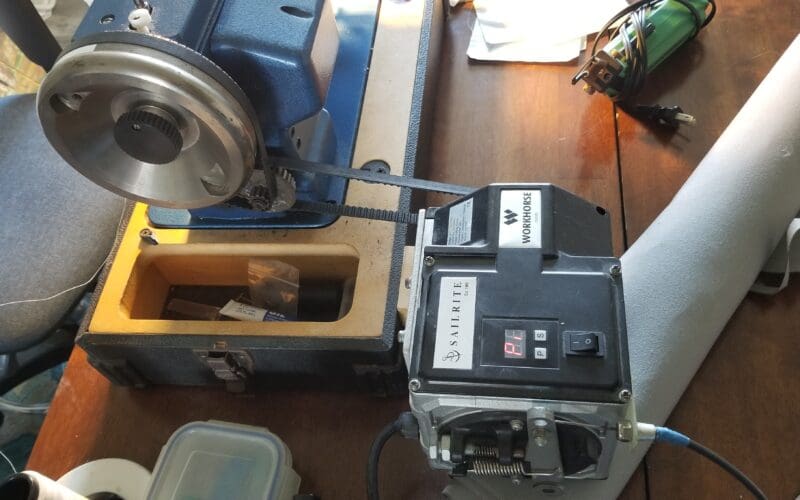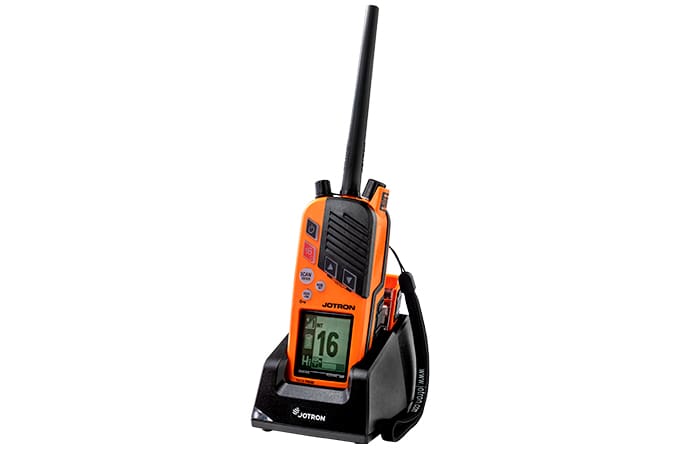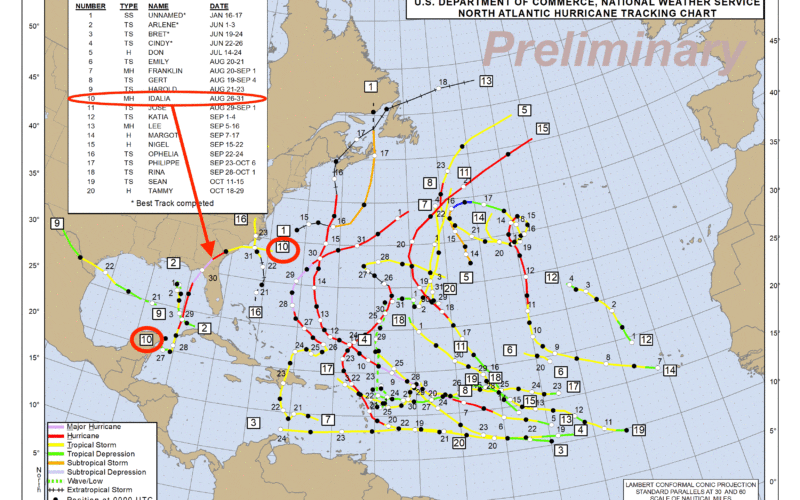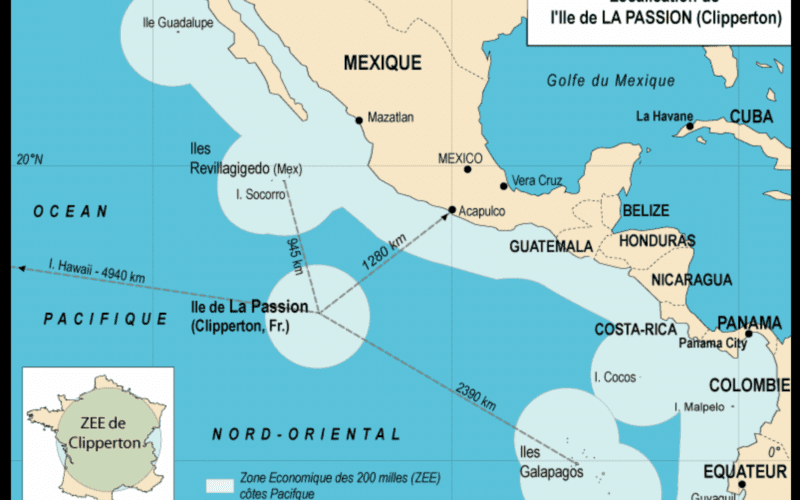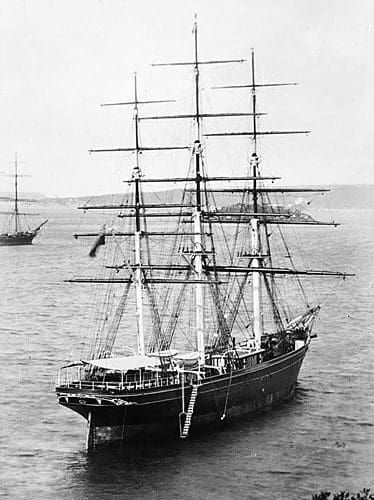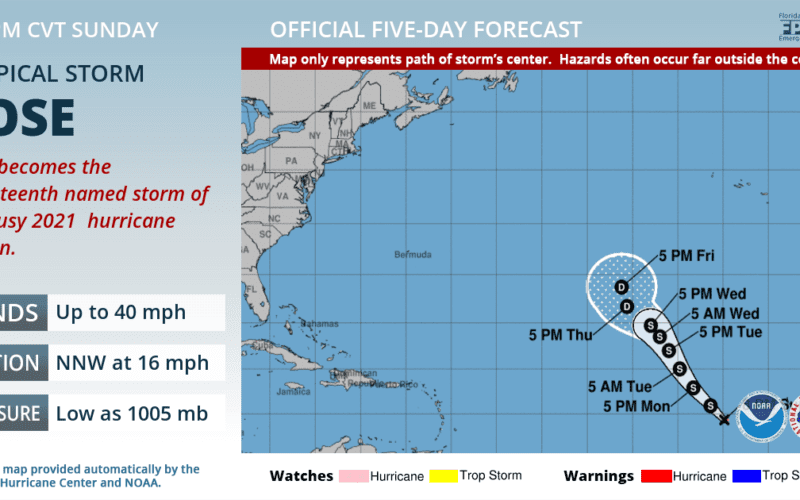23
Apr
The tools The sewing machine onboard Beetle is a Sailrite LSZ1, essentially a walking-foot upholstery machine with straight and zig-zag (but not Federal 308, four-point stitch), which handles threads from Tex 30 to 135 for repairs in everything from spinnakers to the mainsail. Fortunately, I have not had to make many sail repairs underway, the exceptions being a damaged light-air staysail and the No. 2 genoa. However, the machine does get used at anchor for building and repairing all sorts of fabric components for the boat: noseeum screens on hatches and companionway, winch covers, mainsail covers, deck awnings, handheld VHF…

